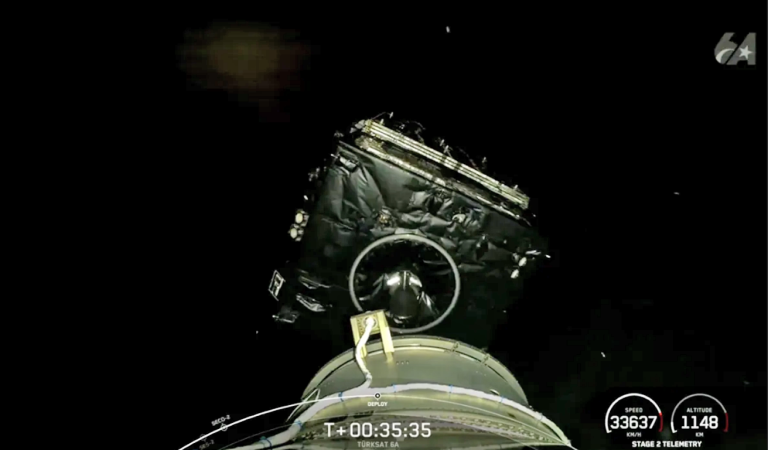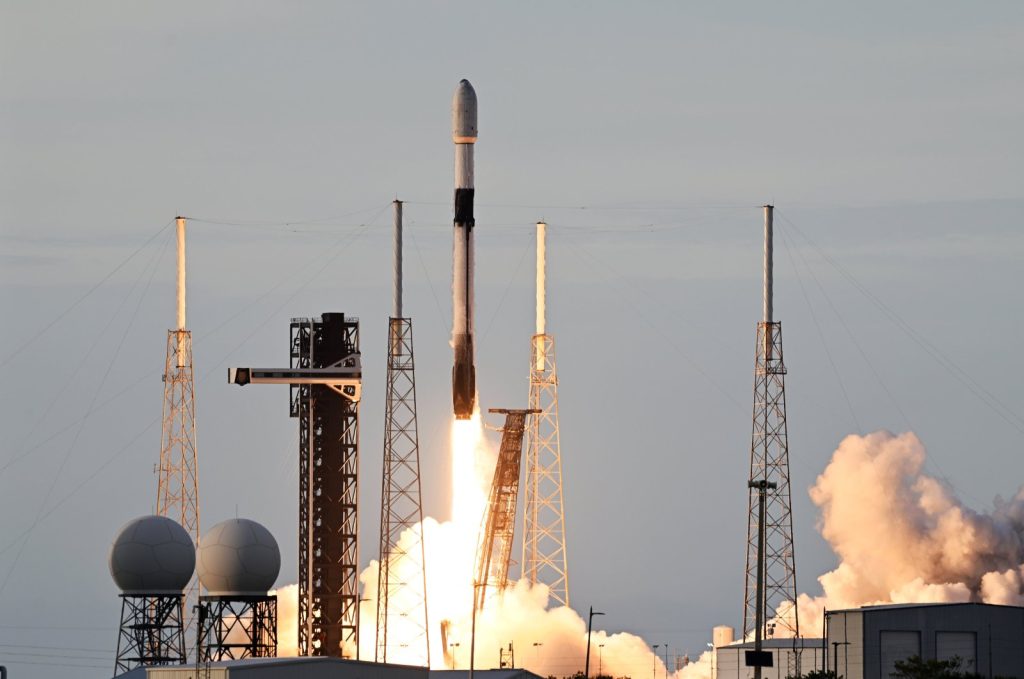Goodbye Satellite! Tennis Channel Embraces IP-Based Streaming Technology
Tennis Channel’s move from satellite to an IP-based streaming system marks a turning point in sports broadcasting, offering increased flexibility, reduced costs, and broader reach through cutting-edge technology.
Summary
- Transition Impact: Moving from traditional satellite delivery to an IP-based system transforms content delivery.
- Cost Efficiency: Eliminates expensive satellite hardware and reduces operational constraints.
- Enhanced Scalability: Enables dynamic content distribution to thousands of locations.
- Global Reach: Opens new markets and allows for customized, localized content.
- Innovative Partnership: Collaboration between Tennis Channel, LTN, and Sinclair sets a new industry standard.
- Future Growth: Paves the way for further technological innovations in sports broadcasting.
- Industry Adoption: Other major networks like MSG Networks, Scripps, Mid-Atlantic Sports Network (MASN), and TelevisaUnivision are following similar paths.

Introduction
The broadcasting world is undergoing a significant transformation as traditional satellite systems give way to modern IP-based streaming technologies. This change is evident with the Tennis Channel, which is now partnering with LTN to transition its 24/7 sports network from satellite delivery. Owned by Sinclair, the channel is recognized as the premier destination for live tennis, showcasing the men’s ATP Tour and women’s WTA Tour all year round. Alongside its live broadcasts, the channel offers documentaries, coaching tips, and exclusive original programming for millions of fans across the United States.
The Transition: From Satellite to IP-Based Streaming
Historically, sports networks relied on satellite technology for content distribution. However, as the limitations of satellite become more apparent—especially with the impending regulatory changes affecting the C-band satellite spectrum—networks are turning to IP-based systems. This move not only lowers costs by eliminating the need for legacy hardware but also provides the flexibility needed to meet modern audience demands.
Transitioning to an IP-based system means that networks can now distribute content more efficiently. The advanced infrastructure provided by LTN ensures that broadcasters receive satellite-grade reliability with features like real-time feed monitoring and proactive issue resolution. This transformation is essential in an era where digital media consumption is growing exponentially, and viewers expect seamless, high-quality streaming experiences.
Comparison of Satellite vs. IP-Based Distribution
| Feature | Satellite | IP-Based |
|---|---|---|
| Cost | High operational and hardware costs | Lower costs due to modern infrastructure |
| Scalability | Limited by satellite capacity | Virtually limitless, adapts to demand |
| Flexibility | Fixed delivery structure | Easily customized for different markets |
| Management | Complex maintenance and upgrades | Streamlined and automated management |
| Reliability | Affected by weather and regulatory shifts | Consistent performance with redundancy |
This table highlights the advantages of IP-based streaming compared to traditional satellite delivery. The lower operational costs and increased flexibility are crucial factors driving the industry’s shift.
Partnership and Technological Benefits
The decision by Tennis Channel to transition its network is backed by a robust partnership with LTN. According to Del Parks, President Technology at Sinclair, this collaboration is built on a longstanding relationship.
Technological Advantages
IP channel distribution brings several key benefits:
- Cost Reduction: By eliminating expensive satellite hardware and maintenance costs, broadcasters can allocate resources more efficiently.
- Enhanced Customization: Networks can now tailor their content to different audiences and markets, leading to a more personalized viewing experience.
- Real-Time Monitoring: The system allows for immediate detection and resolution of issues, ensuring a smooth broadcast without interruptions.
- Scalable Infrastructure: IP-based streaming can adapt quickly to increased demand, accommodating more viewers and expanding to new territories.
Future Implications for Sports Broadcasting
The shift from satellite to IP-based streaming is more than just a technical upgrade; it signals a broader evolution in the media industry. As networks like Tennis Channel adopt this technology, they are setting the stage for future innovations in how sports content is produced, managed, and delivered. The flexibility offered by IP-based systems means that broadcasters can now experiment with interactive content, live data integration, and personalized viewer experiences.
Moreover, this technology enables easier integration with other digital platforms. With audiences increasingly consuming media on mobile devices and smart TVs, having an IP-based infrastructure allows broadcasters to meet the expectations of a digital-first generation. As the demand for live sports and interactive media grows, networks are likely to expand their content offerings to include more on-demand features, behind-the-scenes footage, and exclusive digital programming.
Key Partners in the Transition
| Organization | Role | Link |
|---|---|---|
| Tennis Channel | Sports Network | Tennis Channel |
| LTN | Technology Partner | LTN |
| Sinclair | Network Owner | Sinclair |
| MSG Networks | IP Adoption Pioneer | MSG Networks |
| Scripps | Content Distribution Leader | Scripps |
| Mid-Atlantic Sports Network (MASN) | Regional Sports Broadcaster | MASN |
| TelevisaUnivision | Global Media Partner | TelevisaUnivision |
This table illustrates the key players in this revolutionary transition. Their collective expertise ensures that the migration process is smooth and that the future of sports broadcasting is both resilient and dynamic.
Facts
- Historical Milestone: The first live satellite broadcast in sports occurred over 50 years ago.
- Rapid Growth: IP streaming has grown exponentially in the past decade, with many networks reporting double-digit increases in viewership.
- Global Impact: IP technology is not limited to sports; it has revolutionized broadcasting in news, entertainment, and even educational content.
- Eco-Friendly: Transitioning to IP-based systems reduces the environmental impact by decreasing the need for heavy satellite infrastructure.
- Innovative Future: As digital platforms continue to evolve, expect more interactive and immersive viewing experiences in sports broadcasting.



